REVIEW: PopSlinger is Bursting with Simple Fun
Pop off with this fun and funky shoot'em up.
There’s something to be said for simplicity. Don’t get me wrong, I love complex mechanics, dark settings, and intricate plots as much as anyone. With that in mind, I’d be lying if I said there weren’t times where I wanted to both play a game and give my brain a break. Sometimes I’m in the mood to play a game that’s just plain, simple fun; nothing that requires me to think too hard. With its whimsical and colorful visuals, nonsensical but amusing story, and easy to pick up/difficult to master gameplay, PopSlinger certainly has the credentials needed to scratch that particular itch. While the half shooter, half beat’em up has a fair number of shortcomings, the game is charming and enjoyable enough to make the experience worthwhile.
PopSlinger is a bright and bubbly shoot’em up with heavy inspiration from 90’s era aesthetics and anime, with a particular focus on magical girl anime. Artistically, the game also takes inspiration from old school arcade cabinets, with an abundance of UI displays, cartoony onomatopoeia, and combo counters. A lot of PopSlinger’s art direction is so faithful in its imitation of the source material that it borders on somewhat generic. Luckily, this is circumvented through the prominent use of markers for the game’s colors and text. The use of marker works very well for the silly, cartoony vibe PopSlinger is going for and gives it a great sense of identity. I can’t think of any other game that looks quite like this, and that’s largely due to the use of markers.
The downside is that because of the marker style, PopSlinger looks less smooth and polished than other games that use more standard applications of color. That said, it’s something that grew on me over time. At first, I was kind of put off by how low budget the coloring looked, but it works very well in context because of how lighthearted and goofy the game’s tone is. The marker look has an additional benefit of meshing brilliantly with the comic book style PopSlinger sometimes leans into. The hand drawn appearance makes perfect sense next to the TAPs, POWs, and FWOOSHes flashing across the screen.
I can understand how the style might come across as cheap-looking to some people. To me, though, it felt more as if the game had a homemade quality to it, and I can really respect that design decision. PopSlinger is overall quite pleasant in its appearance. A bit rough around the edges, but fun and nostalgic.
The story in PopSlinger revolves primarily around Ria and Gin. Ria, the player character, is an upbeat and fun-loving heroine who handles everything thrown at her very casually. In contrast, Gin is a very serious spirit who guides Ria on her quest to save the world. Neither of these two feel unique enough to really stand out, and this issue only gets worse with the other characters present. Cushioning this blow a little bit is the fact that the game is fully voiced, which I wasn’t expecting, but was a nice surprise. The voice performances definitely aren’t mind-blowing, but they’re passable, and help give these otherwise forgettable characters a bit of personality.
This is about as generic a story as you can get, with the general goal being to save the world from a hostile invasion of otherworldly creatures. The big thing that stands out about the plot is the utterly bizarre manner in which it opens. PopSlinger weirdly begins in the middle of a conversation between Ria and Gin. While we get the sense that they probably just went over what exactly is happening in this world and why the two of them are connected at all, we as players don’t get to see any of it. It kind of feels like there was originally a much longer cutscene here, and the first two thirds of it were inexplicably removed. This really isn’t a huge deal, as the plot is clearly not the main focus of the game, but it’s a bit disorienting regardless.
On a fundamental level, PopSlinger is about making it to the end of each stage by getting as high a score as possible. You accomplish this by taking down baddies with your magical soda gun and the basic options of move, shoot, swap weapons, and dodge. There’s a lot more to it than blindly firing, however. In order to earn maximum points and bonus effects, you’ll need to take out enemies based on color. On the top-right of the screen, you’ll find a display showing you the order to target each color. Defeating four enemies of the assigned color in a row will earn you more points and combat rewards.
Combat has its pros and cons, but there’s more I liked about it than I didn’t. For the most part, the gameplay strikes the ideal balance between simple and challenging. At any given moment, there’s not much you’re doing other than moving and shooting. While you do have the ability to dodge, the move has such a long ending animation that I found it left me open to enemy attacks more often than it got me away from them. For the most part, you’re better off avoiding enemy fire by weaving through it.
While the core gameplay is relatively simple, it’s kept fresh by the constant focus on combos. Regular stages aren’t very difficult if you run through firing wildly the whole time, but if you’re going for color combos, it can be considerably difficult to aim for enemies of the correct color while avoiding being hit. Most stages contain sections where big swarms of monsters come at you all at once, and it’s legitimately quite difficult to keep yourself alive while trying to only hit enemies with the color you’re looking for. There is incentive to score well, as the final level can only be played if you’ve scored a rank C or higher on every preceding level in the game. While I honestly don’t love the decision to gate off the game’s finale like this, it does at least give a very specific reason to care about performing color combos.
Combat only becomes more varied as you get further into the game due to the new weapons you acquire. The use of these is sometimes mandatory in order to break the shields of enemies, with different flavors of soda breaking different colored shields. That said, you can also swap guns at any time to suit whichever method of attack you think is optimal, whether that be for longer range, bigger bullet hitboxes, wider coverage, and more.
Boss fights present quite a challenge as well, albeit in a different way than regular levels. The challenge in these duels doesn’t come from managing a killstreak pattern, but rather, from the bosses in PopSlinger simply being difficult opponents. Bosses possess tricky burst movement, projectiles with extraordinarily long reach, and massive health pools. The difficulty is both increased and balanced by bosses routinely releasing hordes of enemies during their fights. While these opponents serve as additional obstacles, they also give the player the chance to perform combos in order to gain potentially game-breaking bonus effects.
Sadly, it’s not all good news regarding PopSlinger’s gameplay. One of the best parts of the game is how fast it is, constantly moving around trying to best position yourself to take down enemies. Unfortunately, several key gameplay features halt your momentum. As previously stated, the dodge is too slow to be used very effectively, but this isn’t a huge deal since you can easily work around this lacking ability. What can’t be worked around is swapping guns and shooting, both of which are strangely slow. Ria has a wonderfully quick running speed, but the rest of her moves can’t keep up with this pace, slowing the game down considerably, which is a major weakness. PopSlinger is a game where you want to be constantly doing something, and it would be a lot more enjoyable if you could very quickly change weapons and keep firing all while still moving.
Several other little issues prevent the gameplay from being as polished as it could be. The screen is zoomed in very close to Ria most of the time. This prevents you from being able to see all enemies around you, and often leaves you susceptible to attacks from off-screen. This is an especially prevalent problem during boss fights, where keeping track of the boss’s placement at any given moment can be quite difficult. Only being able to shoot left and right is another limiting factor. Given the fast movement and slow attacking this game offers, it would feel more balanced if your slow attacks could move in any direction, or at least up and down. The slow speed of firing combined with only being able to attack in two directions makes positioning yourself around large groups of enemies frustrating, sometimes requiring a lot of moving around without much shooting.
Another issue is found with power-ups, which are random and inconsistent in their usefulness. Double gun is quite handy for taking down big groups of enemies, but makes focusing on taking out monsters of specific colors much more difficult. Lucking into Gin’s heal is the only way to recover health, which isn’t great, and is also completely useless if you happen to get it while at full health. The turret is generally bad, only firing in one direction with a small hitbox.
The last big issue is a massive difficulty spike. The pacing of PopSlinger is quite poor, as instead of slowly increasing the level of challenge, the game keeps things consistent for a while, then drastically increases the difficulty out of nowhere. This is an area where a considerably smoother experience would have made for a better game overall.
This likely sounds like a lot of negatives, but they still weren’t enough to crush my enthusiasm for the game. PopSlinger isn’t anything mind blowing or genre-defining, but that’s fine, as all it needs to be is a lot of fun. In spite of its shortcomings, the quick and simple gameplay, delightful art style, and retro inspiration made this a very enjoyable experience. If you’re at all into beat’em ups, I think there’s a great chance you’ll like PopSlinger.
About brendan_tenkai
Brendan Trump is a features writer and game reviewer for GoNintendo. His opinions about everything are entirely correct.
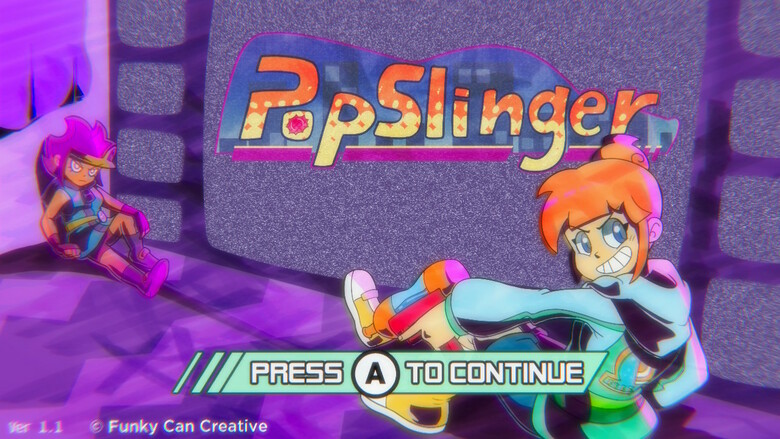
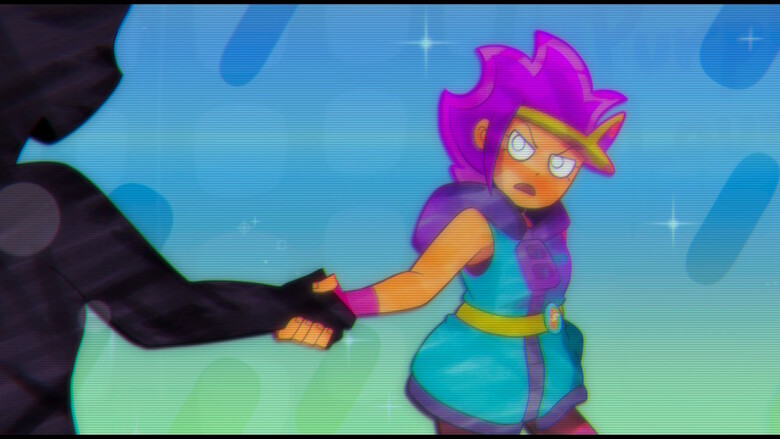
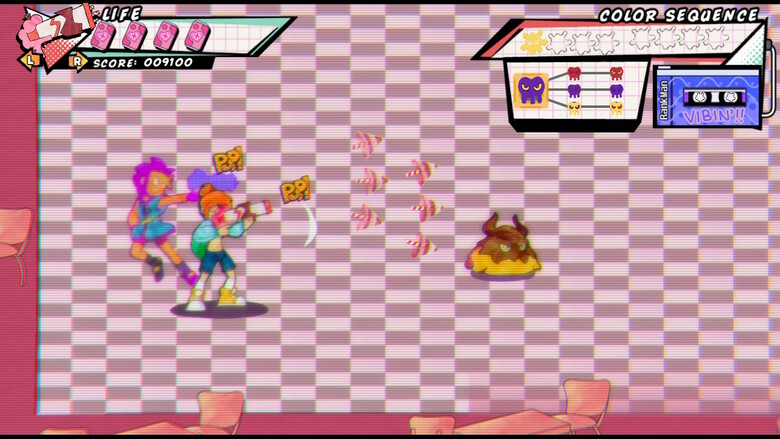
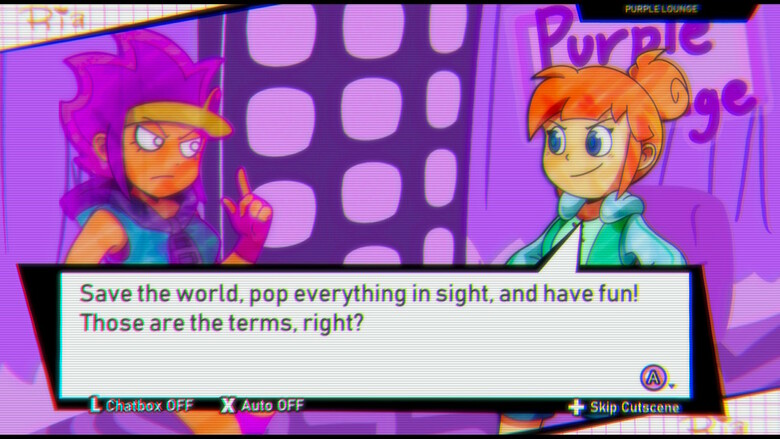
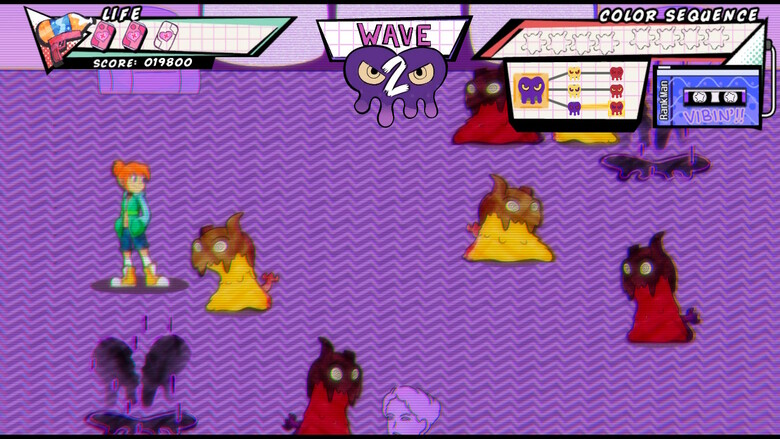
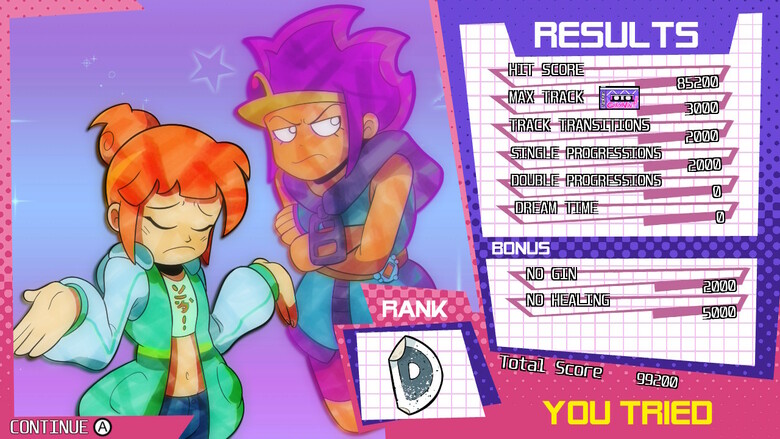
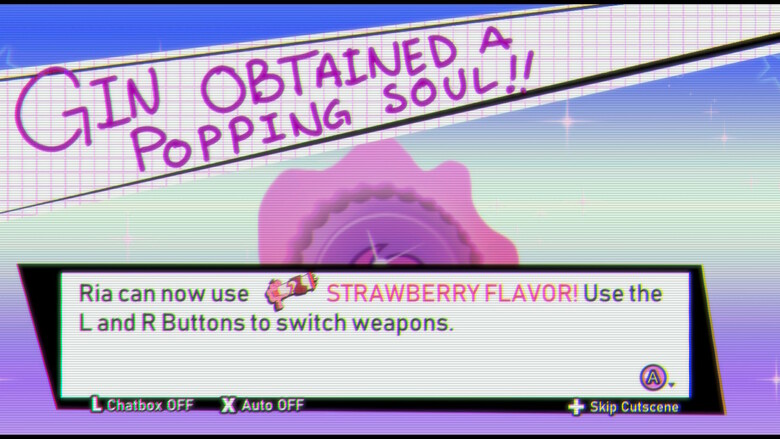
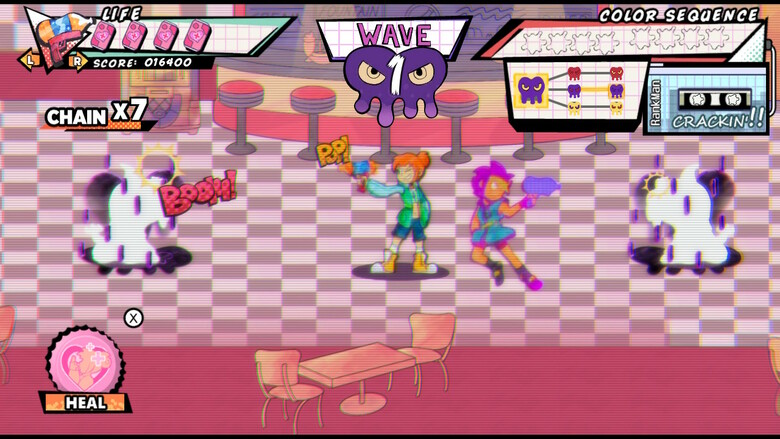
Comments (0)